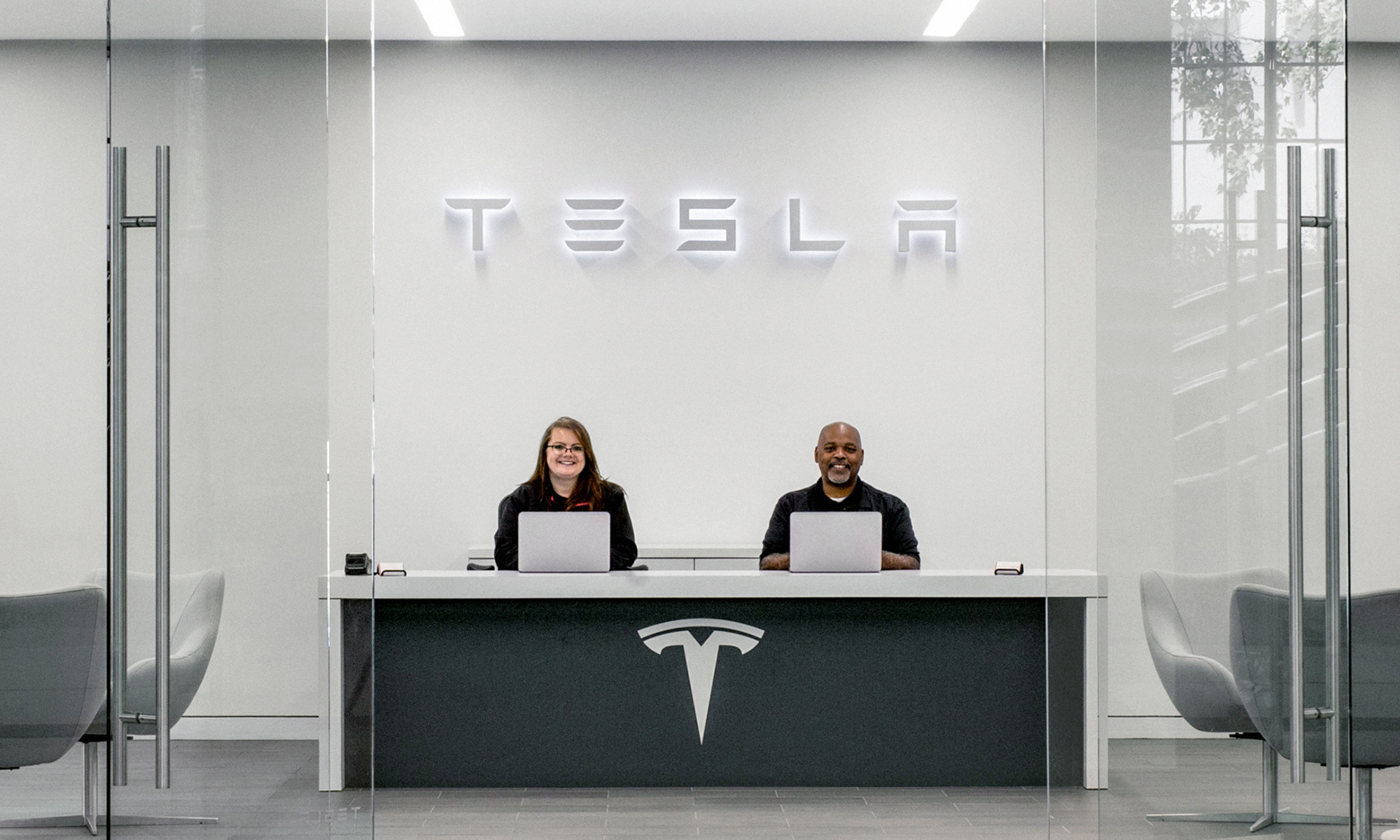Every day, Wall Street analysts upgrade some stocks, downgrade others, and "initiate coverage" on a few more. But do these analysts even know what they're talking about? Today, we're taking one high-profile Wall Street pick and putting it under the microscope...
Tesla (TSLA 2.59%) stock dropped more than 2% in the opening minutes of trading Thursday, and this time, it wasn't CEO Elon Musk's tweets that were to blame -- or at least not directly.
This time, you can thank Needham & Co. for the sell-off. Here's what you need to know.

Tesla sells electric cars -- but is it selling the right electric cars? Image source: Tesla.
Downgrading Tesla
Early this morning, analysts at the New York-based investment banker downgraded Tesla shares from hold to underperform (Wall Street-speak for "sell"). Needham cited several reasons for its newly bearish stance on the electric-car maker, as outlined in a report on StreetInsider.com (subscription required).
Let's address them in order.
Product mix
Tesla has a lot of irons in the fire, but currently just three car models in mass production: the Model S flagship sedan, the Model X SUV, and the Model 3 "mass market" sedan. Of these, Model S and Model X are believed to be the more profitable models. Problem is, Needham believes that "Model S/X" sales are slowing.
Needham ascribes the decreased sales to "increased competition." The analyst also worries that Model 3 sedans may be causing "possible cannibalization" of sales of Tesla's more profitable models.
On top of all that, the more electric cars Tesla sells, the closer it gets to the point where the U.S. government will no longer subsidize consumer purchases of those cars with $7,500 electric car tax credits -- a factor that could potentially depress sales across the board.
Give 'em some credit -- please!
Speaking of credits, tax credits for consumers are just one side of the Tesla equation. The company also resells to other manufacturers tax credits it gets for the production of zero-emission vehicles; in some years, such sales account for as much as 19% of its gross profit.
Needham predicts that this ZEV revenue will "decline in 2019," constricting the supply of free government money that Tesla has relied upon to support its race to profitability.
Model 3 problems -- and margin is one
Getting back to the Model 3, though, Tesla recently confirmed it had succeeded in building more than 5,000 Model 3 sedans in a single week -- and promised to soon hit a new level of 6,000 per week. Needham, however, warns Tesla may be failing to reap economies of scale from faster production.
"[G]ross margin improvement" on the Model 3, says Needham, could be "slower" than expected due to "persistently high manufacturing costs" as Tesla does everything and anything it can to hit its numbers (paying workers for overtime for example, and building cars in tents), regardless of whether all these efforts are profitable.
Complicating matters further, Needham notes that its "checks" on the market show that Tesla is experiencing net cancellations of Model 3 orders by customers as "refunds are outpacing deposits." The analyst believes this trend is accelerating, with as many as 24% of would-be buyers now asking for their money back.
The sun also sets
Meanwhile, Tesla continues to be dogged by fallout from its ill-fated acquisition of SolarCity in 2016. Last month, Tesla announced layoffs of as much as 9% of its workforce, with many job cuts falling in the SolarCity segment of the company's business.
While this might be a good business move, aimed at cutting costs and lowering losses from Tesla's solar power business, Needham explains that it's likely to reduce revenue from solar. Since revenue growth is one of the few metrics investors can examine when deciding whether to invest in unprofitable Tesla, a slowdown in revenue growth can't be good news for the stock.
The most important point
In a coup de grace, Needham ends with a point on Tesla's cash burn.
Tesla burned through $4.1 billion in negative free cash flow last year -- twice its $2 billion reported loss and more than twice the $1.6 billion in negative free cash flow it suffered in 2016, according to data from S&P Global Market Intelligence. Faster Model 3 production is supposed to mitigate cash burn, but Needham believes Tesla will still go through a further $6 billion "through 2020."
The analyst also notes that Tesla has a $1.5 billion debt payment coming due in 2019. Although Tesla has enough cash in the bank ($2.7 billion, according to S&P Global figures) to cover that payment now, continued cash burn will eat away at it, meaning that by the time Tesla's debt comes due, it may not have cash on hand to pay it. That implies additional debt issuance (i.e., paying debt with more debt) or stock sales (i.e., dilution) may be necessary to keep Tesla solvent.
None of this adds up to much of a buy thesis for Tesla stock -- but it may justify a sell.






